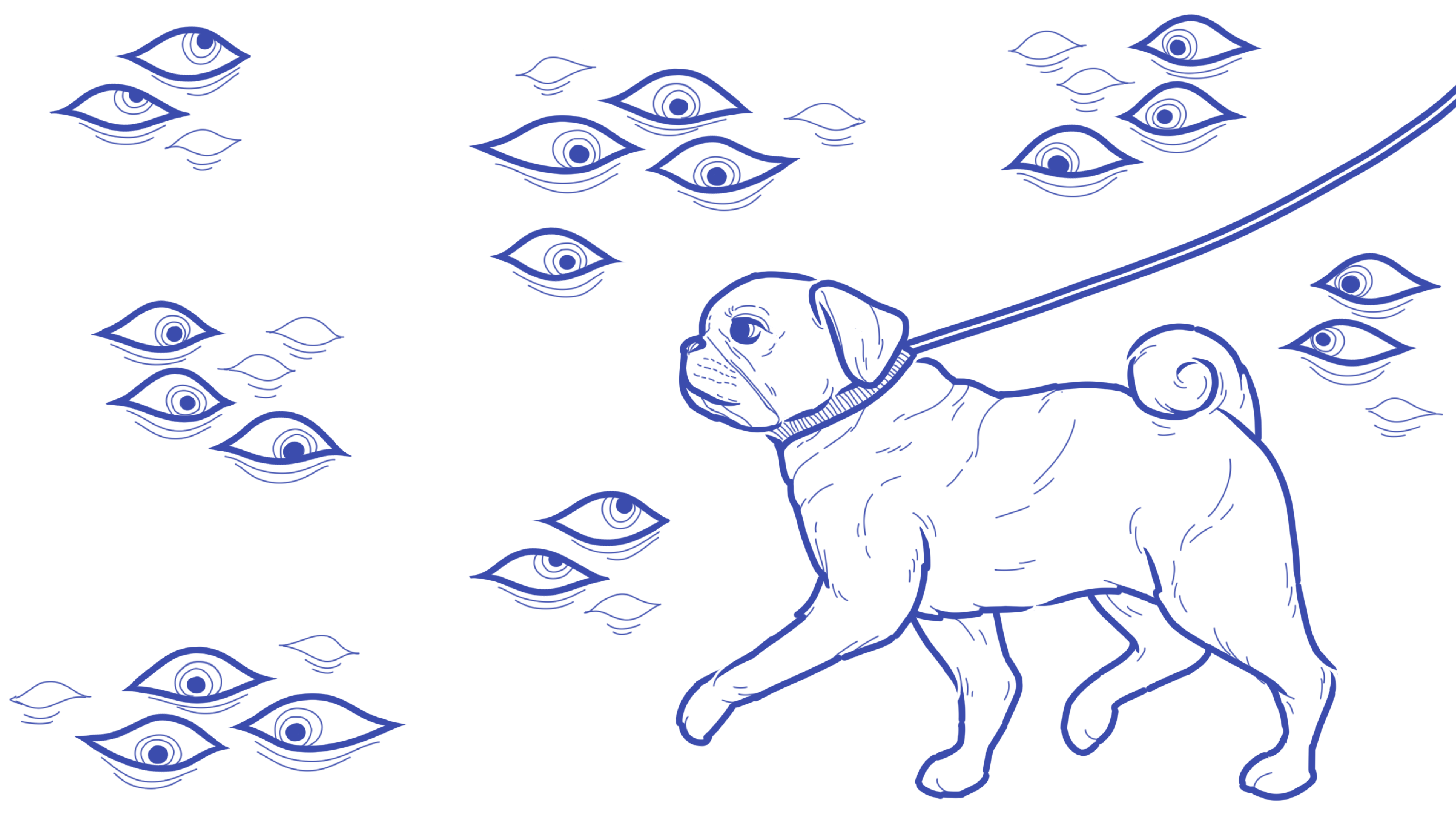TO:
John Berger’s Grave
1 Place de la Mairie
74440 Mieussy, France
FROM:
F Newsmagazine
116 S. Michigan Ave.
Chicago, IL, 60603
Dear John,
I am writing you because you are at the beginning of my project, Letters from the Editor, to you and others like you. It is a sort of correspondence or a correspondence course, a ranging epistolary interview between myself and art critics living and dead.
Every new letter I write will be sent to both its specific addressee and all recipients of my previous letters, which means that either I will be contributing intellectual litter to your grave or that I will become the number one spam threat to Mieussy, Haute-Savoie, Auvergne-Rhône-Alpes, France. (I can’t figure out which cemetery you’re buried in, so I’ll just be mailing everything to the Mieussy mayor.) I will also publish any responses I receive. (So, if you come to me in a vision, I will be forced to write it down.) This complicates the linear form of the published interview. Each question becomes a sort of fractal message in a bottle, a question that is lost at sea. Each question could yield an answer in two weeks or two years or not at all.
Live journalistic endeavors, like Hans Ulrich Obrist’s interview marathons and Pop-Up Magazine, currently have some momentum. I guess it’s easier to watch things unfold than to read them. But if there is a move away from the stable text and towards journalism as performance, can there also be a move in the opposite direction? A move that bolts for the materiality of the printed page? In the age of Twitter criticism and Twitter politics, I attempt to flee (tail between my legs) into the intimacy and deadlinelessness of the epistolary form.
Dear John: My real question for you is what I should do but I think I’m not supposed to ask that. That would imply that sending this letter were some kind of supplicatory act, but there is definitely nothing mystical going on here underneath the irony. I am definitely not treating your grave as an oracle or anything. That would imply some quite uncouth intersection between mysticism and the secular act of cultural criticism. It’s one thing to have favorite writers or research interests, quite another to construct a bizarro connection like this.
Nothing mystical going on underneath the irony… this reminds me of what I wanted to write you about, which is something quite grandiose and unwieldy and naive but also must be asked.
What should art writing be? (I will get around to asking this of Sheila Heti sooner or later.) I mean, if you are right and there is an imperative to link political crisis to the rarefied world of high art — something that I am not convinced of, but a thesis I will here entertain — how can this be done, and why, and for whom? For if I am to resign myself to a life as a wandering adjunct / mendicant (I’ll sew a sheath for my laptop in my rough-spun habit), blowing from one $3000 course to another, publishing the occasional $40 article, I feel compelled to ask: Why bother?
I aim to bother because of Pepe the Frog. I think art writing might be able to approach this particular alt-right meme in a way no other mode of inquiry can. That is my hope. Put another way, if art writing can’t get to Pepe, then I don’t care about writing about art.
Before he became a meme, Pepe was a mere character from a web comic. In Matt Furie’s narrative, he’s just one of a crew of aimless boy-men in their 20s. There was a period in which Pepe circulated without malice. Pepe was just a guy who hung out and got drunk with his friends, and the meme was just another joke.
Then, in 2016, before the election, some white nationalists made a concerted effort to associate Pepe with anti-immigrant, anti-Semitic, and racist rhetoric. The memes were altered accordingly: The frogs were given Hitler moustaches and speech bubbles about lynching. But even the original frog face became less a symbol than a type of chaos magic. They said that the act of posting the frog (the act of showing it and seeing it) would generate support for the alt-right and bring Trump to power.
The point is that a picture can be dragged kicking and screaming from the intentions of its author. Pepe even made it onto a particular type of curatorial platform, the American Defense League Hate Symbols Database. Meanwhile, Furie is still trying to put Pepe to death: by lawsuits over copyright infringement, by reintroducing Pepe in a children’s book as loving and pro-immigrant, and, strangest of all, by drawing Pepe’s funeral into the comic that first gave birth to him.
It is so urgent to write about Pepe the Frog from the perspective of visual culture that the act of doing so breaks a disciplinary norm, which is to include a reproduced image of the artwork in question. I cannot include an image of Pepe here, because to reproduce it would be to contribute to its power. (Similarly, it is impossible to use a swastika as an illustration because its display signals belief in it.) That is how you know something is most urgent: by its apparent unapproachability.
Dear John: I agree that it is necessary to write about power through images — images as things that are made and in which power accumulates, things that mislead or lose track of themselves, things that might be reclaimed or are lost forever — at least until they are spent.
But when an image can careen through the net with the speed and unpredictability of Pepe the Frog, how can we account for the apparent hijacking of its original meaning? And when its meaning is not intentionally redefined by the alt-right, but just emanates outwards from its source, as with David Horvitz’s “Mood Disorder,” who or what propels the image forth?
At art school, students learn to summon content and then vacuum seal it into form. But the whole premise is bunk. When it is made airtight in its wall text, art is dead long before it hits the vault of the museum. It’s not that there isn’t stuff to write about in there, it’s just that the bones have been picked clean. That’s what I’m asking you. I’m writing these letters to figure out what else there is for art writers look at, what ways of seeing still rise to the task.





















